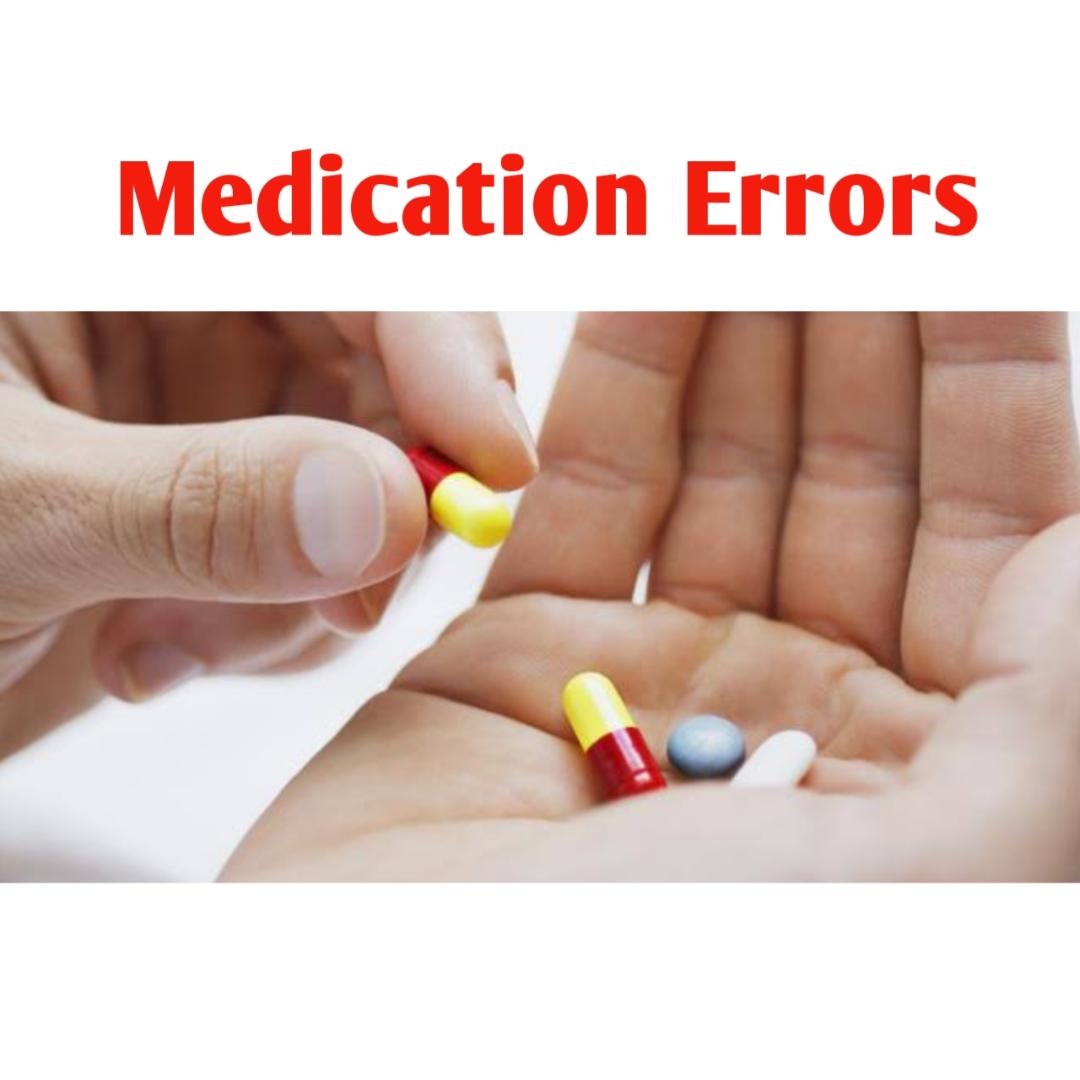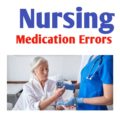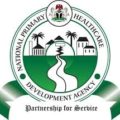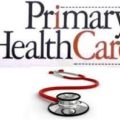What Is Medication error?
Medication error is any preventable event that may cause or lead to inappropriate medication use or patient harm. These errors can occur while the medication is in the control of the health care professional, patient, or consumer.
Medication errors can occur at any time in the medication use process, including during prescribing, dispensing, administering, and monitoring. A medication error can result in patients getting the wrong formulation, strength, dose, frequency, or even the wrong drug. Approximately 54,000 suspected U.S. medication error cases were submitted to FDA in 2014.
Drug name confusion can cause medication errors
There are many ways in which drug name confusion can cause medication errors, such as similarity in spelling and pronunciation that result in prescribing or dispensing of the wrong medication. In addition, analysis of name confusion errors has shown that other factors, such as shared strength or dose between products, may also contribute to name confusion and has led to errors involving drugs with similar names. However, this is not always the case as errors have also been reported despite differences in product strength.
Another contributing factor that can lead to drug name confusion is confirmation bias, the tendency to search for, interpret, or recall information in a way that confirms one’s beliefs or hypotheses. When a product has been on the market for some time and has name recognition, familiarity with the drug name has been known to cause confirmation bias.
Medication Errors Statistics
The prevalence of medication errors is high among health care professionals in Nigeria. Knowledge gaps and practice deficiencies were identified requiring interventions according to a cross sectional survey among doctors, pharmacists and nurses in 10 tertiary hospitals. A total of 2,386 professionals participated in the study (46.3% nurses, 44.9% doctors, 8.8% pharmacists).The prevalence of self-reported medication errors was 47%.The professional groups differ in their knowledge of all the aspects of medication errors with professional cadres influencing knowledge. Medication errors statistics indicates that overwork was the most reason for being error prone (59.2%) and only 35.5% had ever reported medication error. 33.4% did not think reporting was necessary.
Incident rates of medication errors vary widely, the reason for which can be explained by the different study methods and definitions used. The rate of medication errors varies between 2 and 14% of patients admitted to hospital, with 1–2% of patients in the US being harmed as a result, and the majority are due to poor prescribing. Medication error has been estimated to kill 7,000 patients per annum and accounts for nearly 1 in 20 hospital admissions in the US. The incidence is likely to be similar in the UK. Medication errors (7% of all incidents) were the second most common incident reported (after patient falls) in a recent National Audit Commission report on patient safety.
Help combat drug name confusion errors
In order to help reduce drug name confusion errors, we encourage health care professionals to be aware of drug names that look and sound alike, and identify drug names that may be problematic. Pharmacists and nurses should match the drug’s indication to the patient’s condition before dispensing or administering the product. It is also important for patients to always double-check their medications and ask their health care provider or pharmacist about medications that look or sound different than expected. See Medication Errors In Nursing
The future of reducing the risk of drug name confusion errors
Last year, FDA published the draft guidance for industry – “Best Practices in Developing Proprietary Names for Drugs.” This guidance is intended to help sponsors of drugs and biologic products develop proprietary names that do not cause or contribute to medication errors or misbrand a drug. As we go forward, we continue to diligently evaluate proposed proprietary names and post-marketing error reports to minimize the potential for drug name confusion and prevent medication errors.
Preventing Medication Errors
A number of studies have explored ways to improve the quality of prescribing in primary care. However, outcomes are heterogeneous and few studies have specifically focused on medication errors. Reducing medication errors and improving medication safety requires a systems approach. Examples described in this section relate to few key interventions that can support the health care professionals in primary care in reducing medication errors and improving patient safety.
Strategies employed include using clinical pharmacists, computer technology and educational programmes, often within multifaceted interventions. There is also an emphasis on the elderly population. Some interventions have targeted specific clinical areas, such as infectious diseases and appropriate antibiotic use.
Importantly, most interventions have been conducted in individual countries and may not be generalizable to countries where the health service structure is different, or there may be different levels of availability of services (e.g. pharmacists) or technology (e.g. computerized provider order entry).
Medication reviews and reconciliation
Medication review is a process of patients` medicines evaluation in order to improve the health outcomes and mitigate the drug-related problems (23). A systematic review of 38 studies of primary care interventions designed to reduce medication related adverse events found that most successful interventions included a medication review conducted by a pharmacist or other clinicians, or focused on multicomponent interventions, which had a medication review by a primary care professional as one component. Studies showed that pharmacist-led medication
reviews reduced hospital admissions
A review of eight randomized trials examined interventions to improve prescribing for people aged 65 years or older living in care homes. The interventions included multidisciplinary care conferences, education and clinical decision support. Seven of the eight studies had a medication review component. Overall, interventions led to improved identification and resolution of medication-related problems, but there was limited evidence of cost-benefit and no evidence of a reduction in adverse drug events, hospitalization or mortality .
Medication reconciliation is the formal process of establishing and documenting a consistent, definitive list of medicines across transitions of care and then rectifying any discrepancies. Increased medication discrepancies at discharge are associated with an increased number of prescribed medications, underscoring the need to address polypharmacy as a multifaceted threat to patient health .
The accuracy of medication information on discharge summaries is generally poor. A number of medication reconciliation systems have been tested. These systems deal with new medication changes, deletions and additions following hospital admissions. A systematic review found that these systems reduced medication discrepancies, as well as potential and actual adverse drug events .
Automated information systems
A review of 10 randomized trials of computerized interventions found a reduction in medication errors in half of the studies. Computerized provider order entry (CPOE) with decision support may be effective if targeted at a limited number of potentially inappropriate medications and is designed to reduce the alert burden by focusing on clinically-relevant warnings (29).There is substantial evidence which supports the use of CPOE to decrease the frequency of medication errors in the in-patient setting. One study found that the likelihood of error occurrence was decreased by 48% when an order was processed via CPOE (30,31). However, there is additional research needed to link a decrease in medication errors to a decrease in patient harm.
A review of computerized advice on drug dosage included 42 studies in primary care and the hospital setting. Some studies found benefits with respect to specific medication groups, such as anticoagulants and aminoglycoside antibiotics, but not others, such as insulin, immunosuppressant transplant drugs or antidepressants. However, studies were generally of low quality.
Education
As outlined earlier, educating health care providers is a key element to improve safety in primary care. This holds true in reducing medication errors where education is often part of multi-component interventions.
A review of 47 studies found that educational interventions to improve the prescription and dispensing of antibiotics may impact on clinician behaviour with improved adherence to guidelines. Evidence regarding medication management education targeted at patients is lacking, but it is an important area for exploration. A review found some evidence that patient self-administration of medication can be as safe or safer than usual care following appropriate education and preparation. The same review found
that patient-held personal health records often had a positive effect on health outcomes, although there was the potential for a negative impact on equity
Multicomponent interventions
Many studies include more than one intervention. Evidence supports the use of multifaceted approaches for improving medication practices. In a review of 10 studies on improving the appropriateness of polypharmacy in the elderly, nine potential solutions studies involved complex interventions (the remaining one employed computer decision support). Overall, there were reductions in inappropriate prescribing and the number of adverse drug events.






